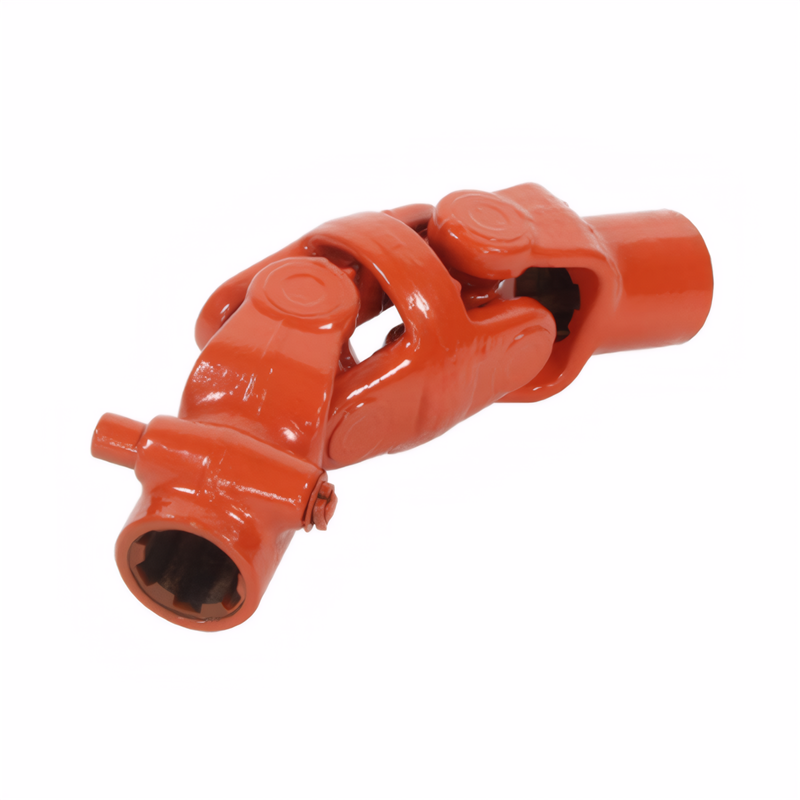The frequency of drive shaft balance detection
Frequency Guidelines for Drive Shaft Balance Inspection
Drive shaft balance testing forms a critical maintenance procedure to prevent vibration-related failures. The recommended inspection frequency depends on operating conditions, vehicle type, and component wear patterns.
Standard Inspection Intervals for Passenger Vehicles
Under normal driving conditions, drive shaft balance should be verified every 80,000 to 100,000 kilometers or during major transmission service intervals. This baseline ensures:
Key Detection Parameters
- Radial runout measurement: Use dial indicators to quantify shaft deflection
- Critical speed analysis: Identify resonance frequencies between 45-60Hz that indicate imbalance
- Surface inspection: Check for paint damage or balance weight displacement
For vehicles equipped with telescopic drive shafts, additional inspections should occur every 50,000 kilometers to verify spline engagement and boot integrity. These components directly affect balance maintenance during suspension travel.
Intensive Usage Scenarios Requiring Frequent Testing
Commercial transport vehicles and off-road equipment demand more rigorous testing protocols:
High-Stress Application Guidelines
- Delivery vehicles: Inspect balance every 40,000 kilometers due to frequent stop-and-go cycles
- Construction machinery: Perform monthly visual checks and quarterly dynamic balancing
- Agricultural equipment: Test after each planting/harvest season to account for terrain-induced stresses
In dusty environments, clean the drive shaft thoroughly before testing to prevent particulate interference with measurement equipment. Water-contaminated shafts require immediate inspection as moisture alters balance characteristics.
Component-Specific Testing Triggers
Certain drive shaft configurations and symptoms necessitate immediate balance verification:
Red Flag Indicators
- Universal joint wear: Measure angular velocity variation exceeding 2% at operating speeds
- CV joint damage: Inspect for grease leakage around protective boots
- Abnormal noise: Document frequencies between 100-120Hz that suggest joint misalignment
When replacing any drive shaft component, perform balance testing as an integrated part of the reinstallation process. Even minor assembly errors can introduce imbalance exceeding acceptable limits of 0.1-1.0 N·cm depending on shaft diameter.
Advanced Diagnostic Techniques
For persistent vibration issues, employ frequency analysis to isolate root causes:
Spectral Analysis Protocol
- Data collection: Use vibration analyzers to capture frequency spectra between 0-200Hz
- Pattern recognition: Compare dominant frequencies against known imbalance signatures:
- 50Hz: Typical transmission shaft imbalance
- 100Hz: Universal joint angular misalignment
- 150Hz+: Potential component fatigue or cracking
- Corrective action: Implement precision balancing within 0.05mm/kg tolerance using laser-guided equipment
This diagnostic approach enables technicians to distinguish between drive shaft issues and other vibration sources like tire imbalance or engine misfire. Document all test results to establish maintenance baselines for specific vehicle models.
 The inspection method for the
The inspection method for the
 Symptoms of wear of the univer
Symptoms of wear of the univer
 Analysis of the Causes of Abno
Analysis of the Causes of Abno
 The ability of the drive shaft
The ability of the drive shaft
 简体中文
简体中文 English
English
